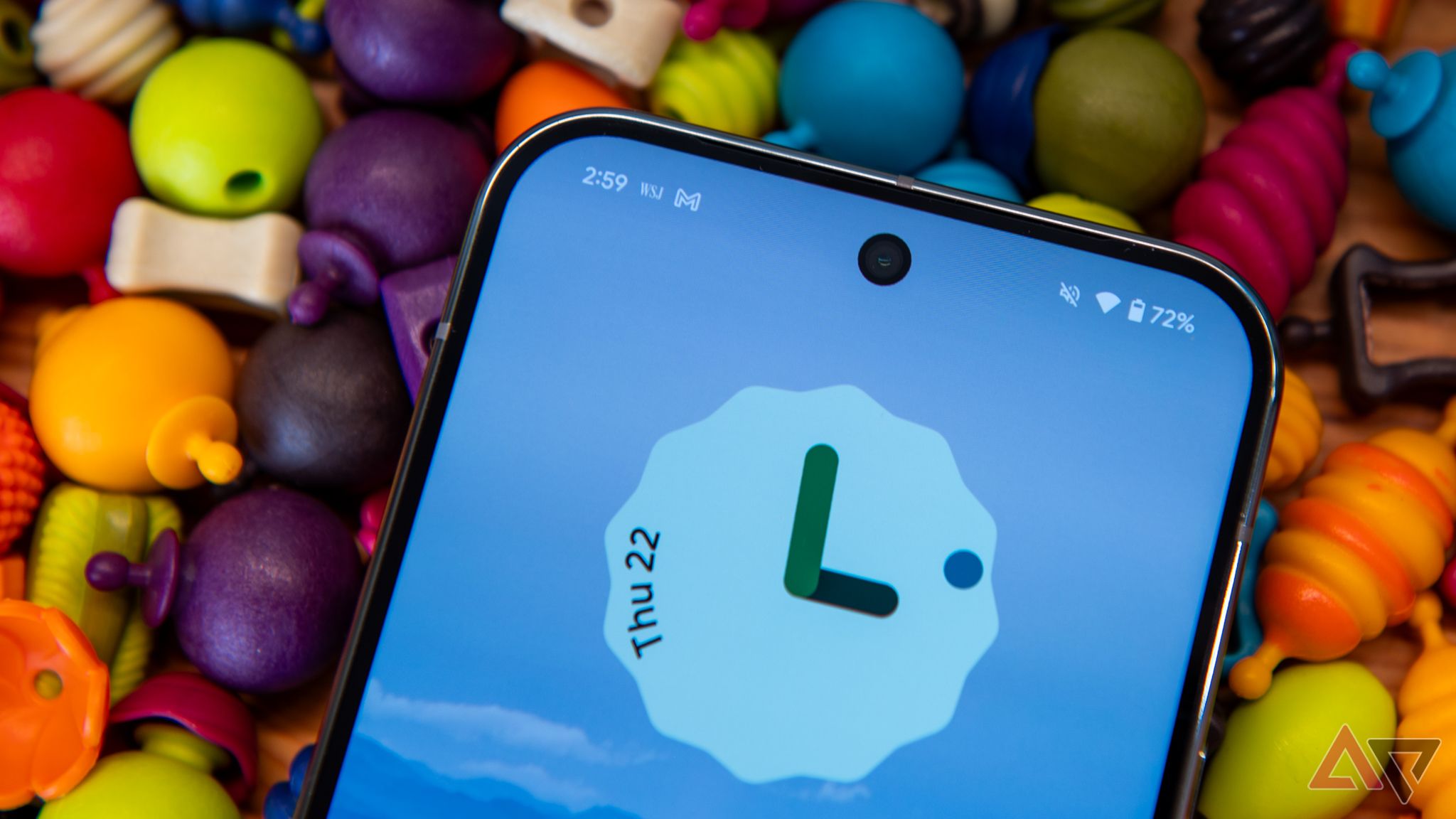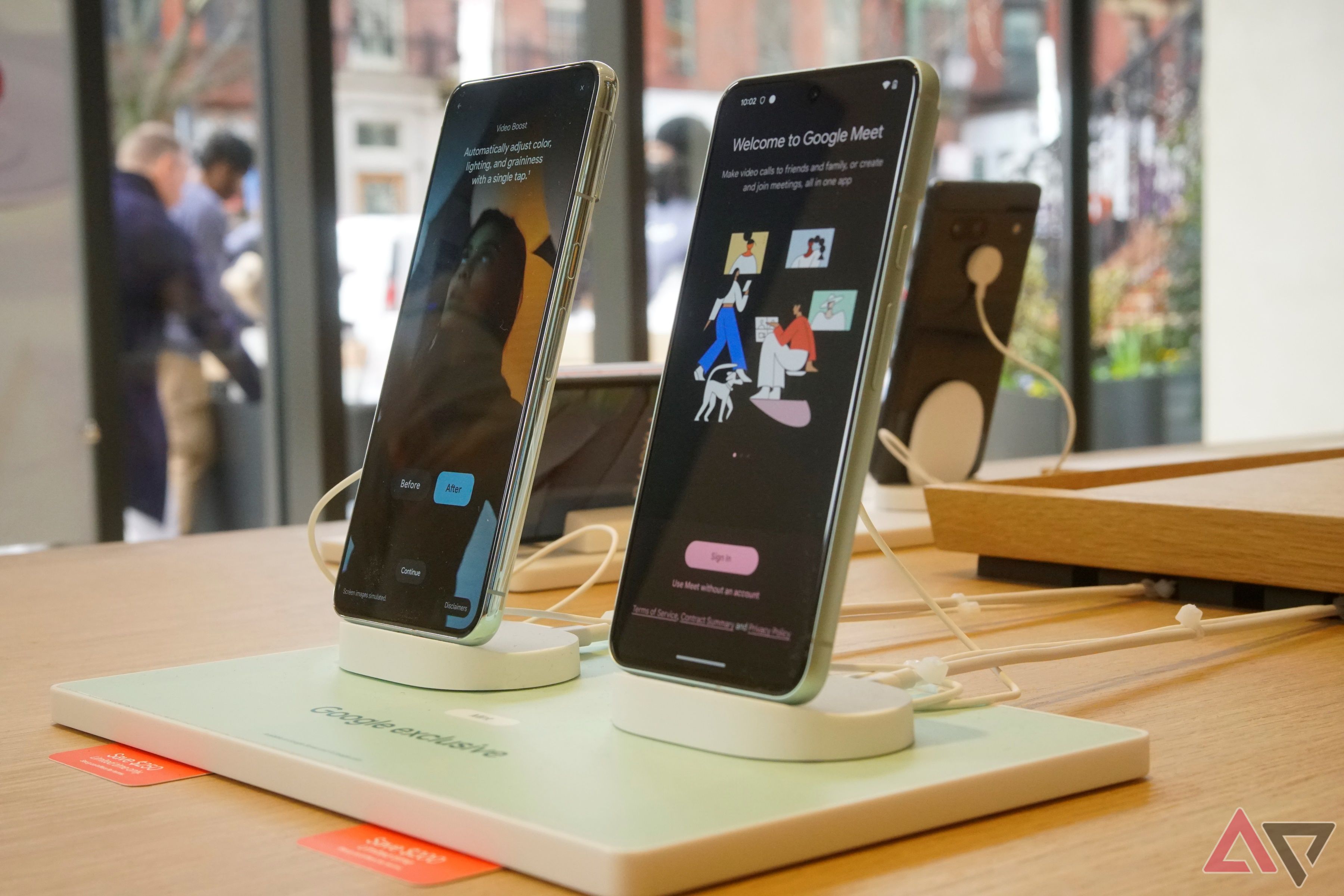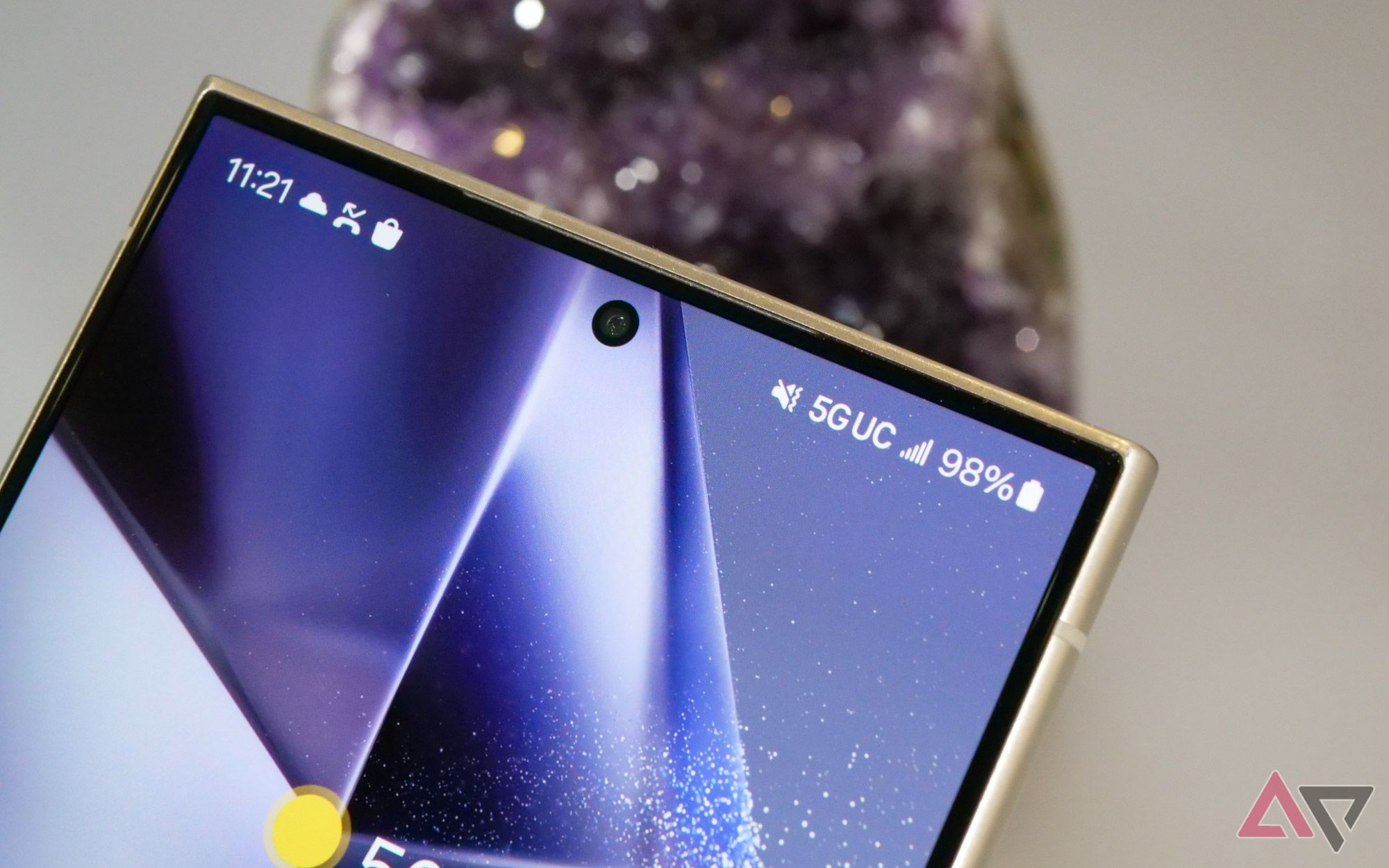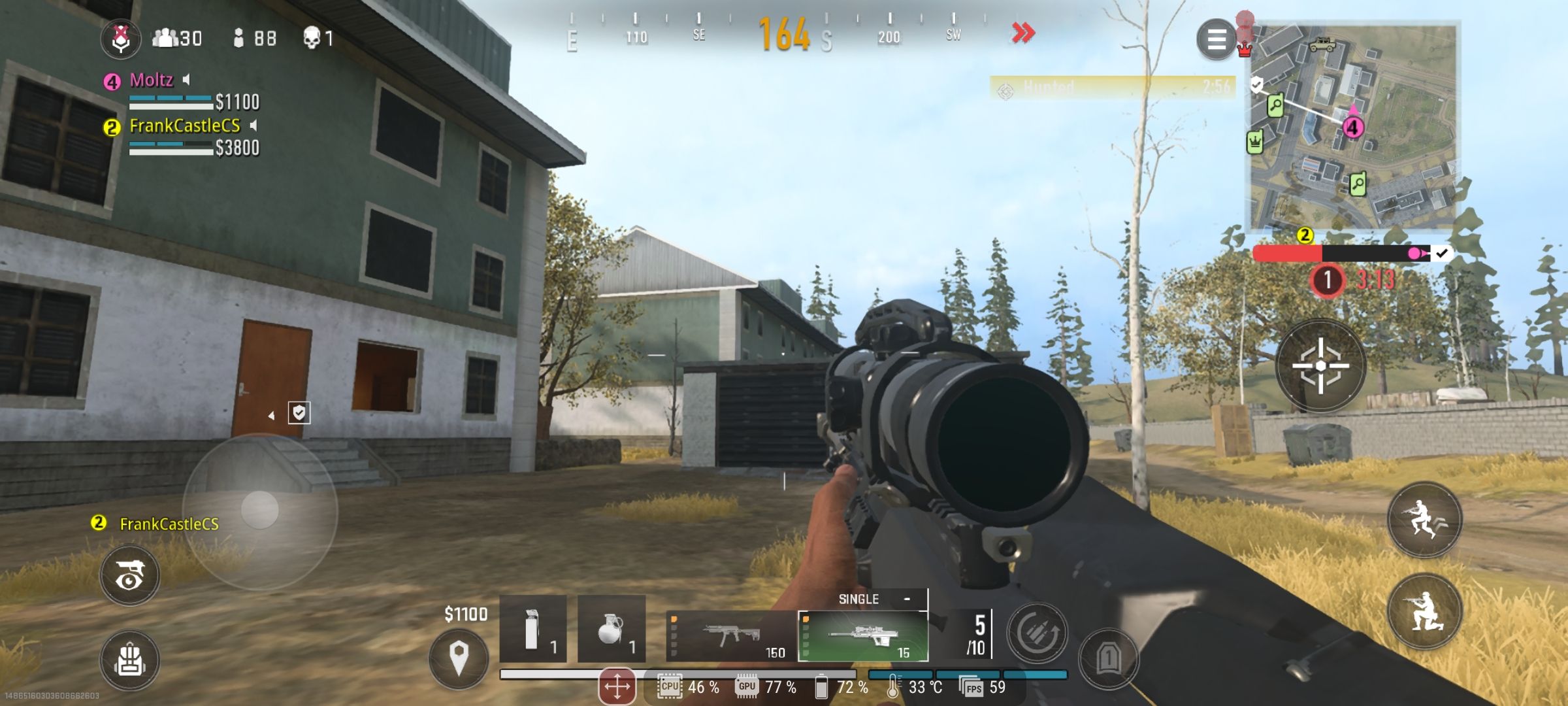Since the launch of the Google Pixel 8 Pro, Google introduced an advanced screen technology called the Pixel Super Actua Display. The technology continues to take off with the Pixel 9 Pro series, including the Google Pixel 9 Pro Fold (internal folding display only). Google has invested a lot in these durable displays. So, our guide discusses how this display technology works and compares it to other flagship devices available on the market.
What’s a Super Actua Display?
Google called its newest and best screen technology the Pixel Super Actua Display. While Google didn’t share the reason for the name, some parts are easily deciphered.
The Pixel Super Actua Display is only available on the Pixel 8 Pro and Pixel 9 Pro series. It is regarded as one of the best displays available, hence the “Super” in its name. “Actua” is Google’s branding for the new displays, and the word has no inherent meaning in English.
The Google Pixel 8, the Google Pixel 8a, and the Google Pixel 9 all have an Actua Display, suggesting the screens share some details in common. The Pixel 9 series has refined its OLED display technology to make it even more vibrant than its predecessor. The Pixel 8’s screen is 43% brighter than the Pixel 7. The Pixel 9 Pro outshines the Pixel 8 Pro’s peak brightness by 20%, reaching a peak of 3,000 nits compared to the Pixel 8 Pro’s 2,400 nits.
The new Pixel phones also have dynamic refresh rates that increase when needed to smooth scrolling and improve gaming performance. When speed isn’t required, the refresh rate can drop to preserve battery life.
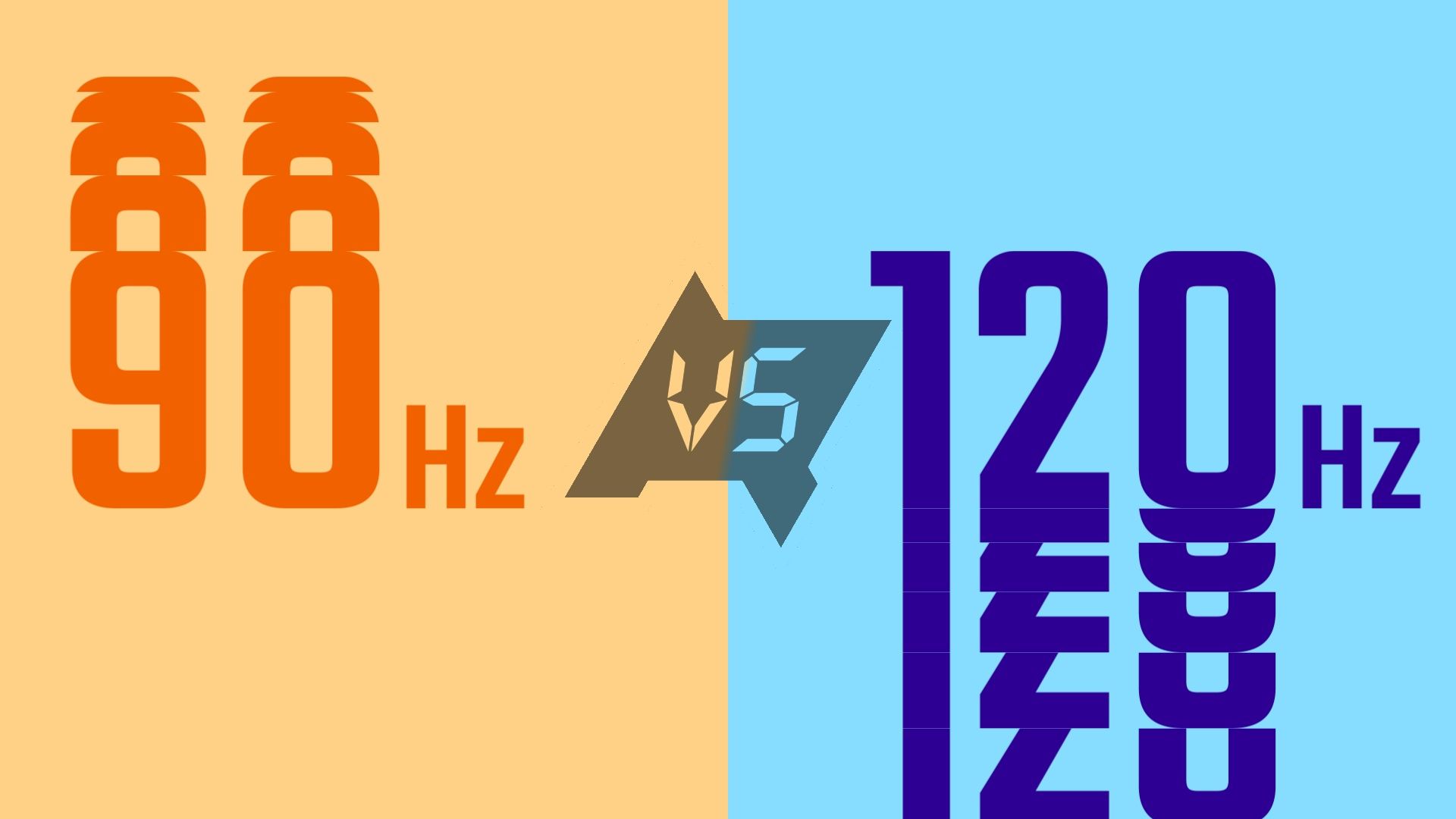
Related
What are smartphone display refresh rates and why should I care about them?
Embrace the silky smooth scroll
Super Actua Display specifications
Super Actua Display are embedded into Google’s newest Pixel devices. Here are the screen specifications:
Pixel 9 Pro
|
Screen size |
6.3-inch display |
|
Aspect ratio |
20:9 |
|
Display type |
Super Actua display |
|
Resolution |
1280 x 2856 pixels (494 PPI) |
|
Technology |
LTPO OLED |
|
Refresh Rate |
1–120 Hz |
|
Brightness |
Up to 2000 nits (HDR) |
|
Peak brightness |
Up to 3000 nits |
|
Contrast ratio |
>2,000,000:1 |
|
Color accuracy |
24-bit depth |
Pixel 9 Pro XL
|
Screen size |
6.8-inch display |
|
Aspect ratio |
20:9 |
|
Display type |
Super Actua display |
|
Resolution |
1344 x 2992 pixels (486 PPI) |
|
Technology |
LTPO OLED |
|
Refresh Rate |
1–120 Hz |
|
Brightness |
Up to 2000 nits (HDR) |
|
Peak brightness |
Up to 3000 nits |
|
Contrast ratio |
>2,000,000:1 |
|
Color accuracy |
24-bit depth |
Pixel 9 Pro Fold (internal folding)
|
Screen size |
8-inch display |
|
Display type |
Super Actua Flex display |
|
Resolution |
2076 x 2152 pixels (373 PPI) |
|
Technology |
OLED |
|
Refresh Rate |
1–120 Hz |
|
Brightness |
Up to 1600 nits (HDR) |
|
Peak brightness |
Up to 2700 nits |
|
Contrast ratio |
>2,000,000:1 |
|
Color accuracy |
24-bit depth |
Pixel 8 Pro
|
Screen size |
6.7-inch display |
|
Aspect ratio |
20:9 |
|
Display type |
Super Actua display |
|
Resolution |
1344 x 2992 pixels (489 PPI) |
|
Technology |
LTPO OLED |
|
Refresh Rate |
1–120 Hz |
|
Brightness |
Up to 1600 nits (HDR) |
|
Peak brightness |
Up to 2400 nits |
|
Contrast ratio |
>1,000,000:1 |
|
Color accuracy |
24-bit depth |
Is the Pixel 9 Pro series display the best?
Starting with the Pixel 8 Pro, Google gave the Pixel 8 Pro one of the best screens available in 2023. Several months into 2024, the Pixel Super Actua Display still stands out as one of the brightest and sharpest available.
It’s debatable which phone has the best screen technology. Comparing Google’s last-gen phone, display experts at DxOMark place the Pixel 8 Pro’s display in the same league as Samsung’s S24 Ultra and rate Google’s display significantly higher than Apple’s iPhone 15 Pro Max. Fast forward, the Pixel 9 Pro XL outmatches Samsung’s S24 Ultra in brightness, but overall, it is still nearly equally matched. The iPhone 16 Pro Max display dips lower than the Pixel 9 Pro XL when outside. Overall, the displays between these phones are comparable, but the Pixel 9 Pro XL remains inches ahead of the competition with the Super Actual Display. With a high pixel density, accurate colors, high brightness levels, and variable refresh rate, these flagship phones give a good reason for premium pricing.
Top-rated phone displays usually use a variation of organic LED technology (OLED). This is partly because LEDs are more energy efficient. The idea is to have a nice, sharper display without compromising a smartphone’s battery.
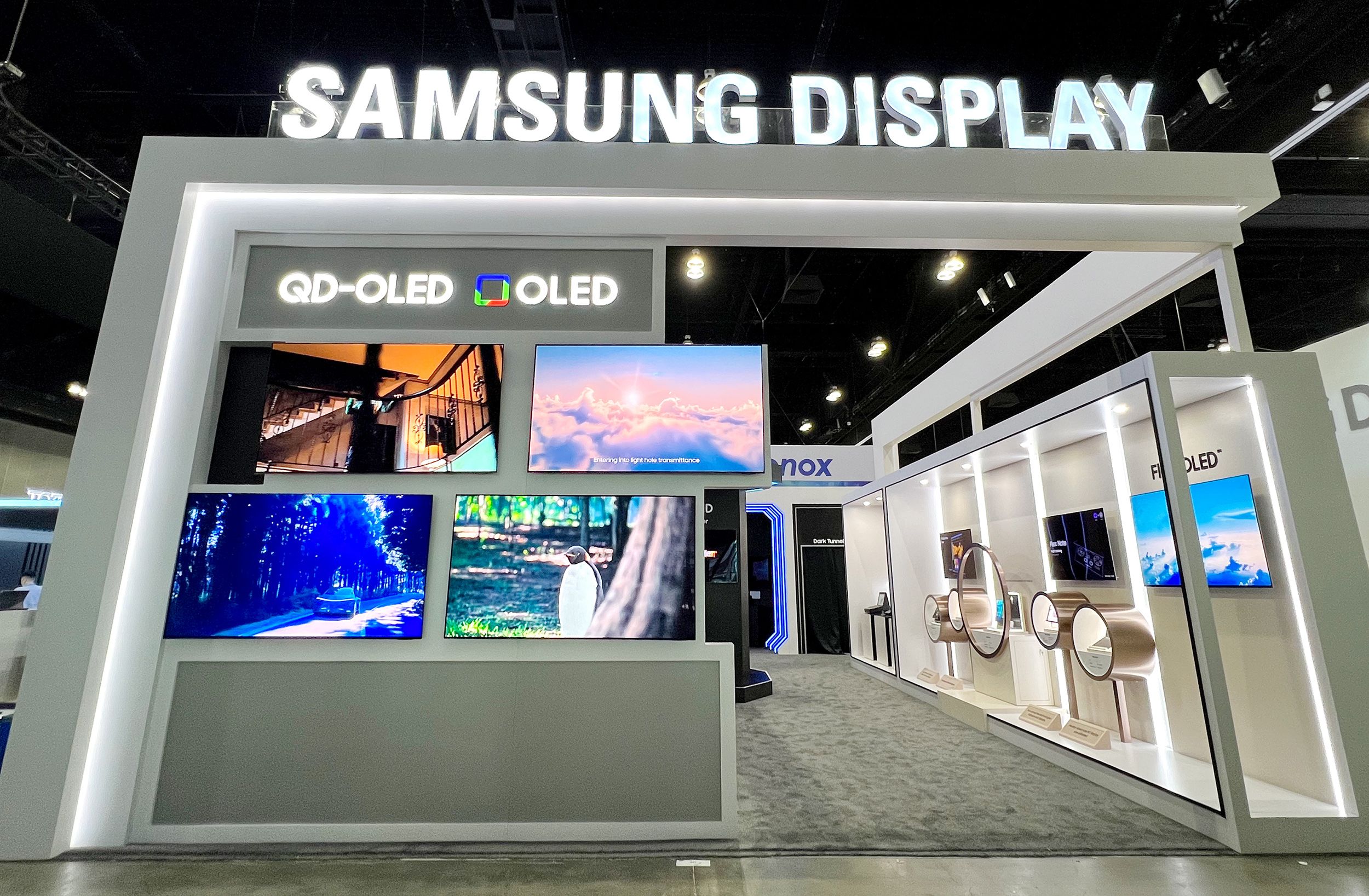
Related
What’s the difference between AMOLED, OLED, and POLED?
Confused about all the different premium smartphone screens? Here’s a quick explainer of the different display technologies
Limitations of the Pixel Super Actua Display
The Pixel 8 Pro and the Pixel 9 Pro series’ Super Actua Display provide clear and bright screens even outdoors. Google’s advanced display also smooths animations and supports gaming up to 120 frames per second.
Despite the intense energy demands of the high-performance display, battery usage is still minimized by lowering the refresh rate to one screen update per second when activity is low.
That sounds great, but app developers must update their apps to take advantage of this feature. Even in 2024, some apps might not support this advanced display technology.
The Pixel Super Actua Display requires optimized apps to enjoy the longest battery life, the fastest refresh rate, and the brightest screens. The Android operating system and Google system apps should offer the best support.
While there isn’t an easy way to identify optimized apps, Google, Samsung, Apple, and other phone manufacturers have offered similar capabilities for many years. The code required to implement a dynamic refresh rate should be incorporated into the most demanding games and apps.
The brightness also varies depending on the content displayed, the ambient lighting, and your brightness settings. That’s why Google shows a brightness of “up to 2000 nits” and a peak brightness of “up to 3000 nits,” meaning portions of the screen may reach the peak brightness, but the overall intensity will be 2000 nits or lower.
Pixel displays keep getting better
Since the first Pixel, Google has ensured its phones offered a great user experience while specifications were less important. Even though the Pixel has always excelled at photographs, the camera hardware wasn’t that impressive until recently.
That has changed in the last few years. Since the Pixel 6 series, Google has shipped flagship phones with specifications to match. The cameras in the Pixel 9 series have become ground-breaking, sweeping the competition of other flagship showings in 2024. While Google keeps upping the hardware with its flagship, the company has invested a lot in its AI features to improve it further.




